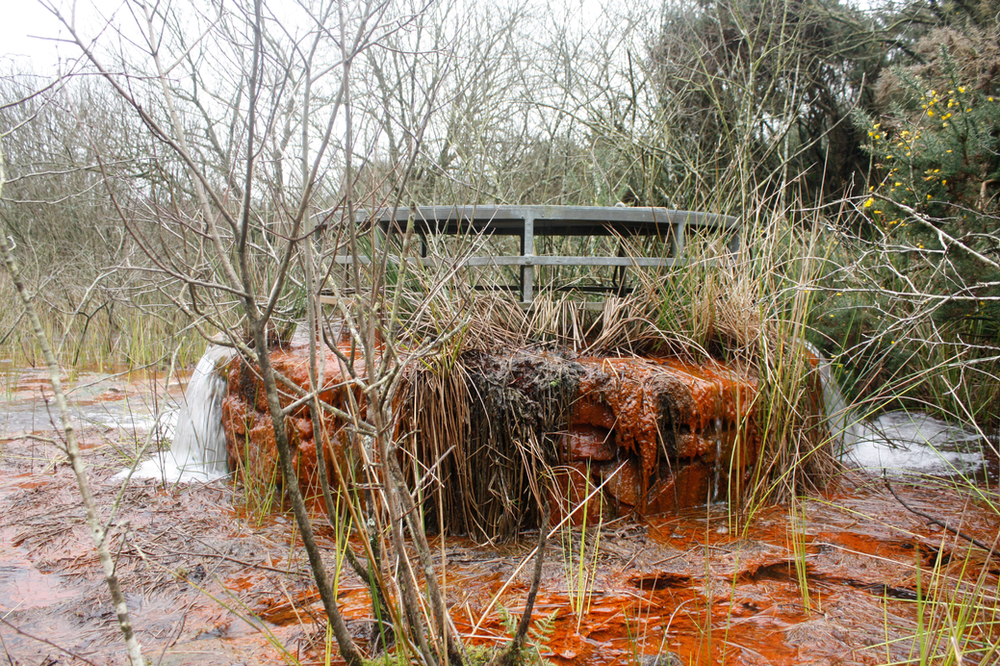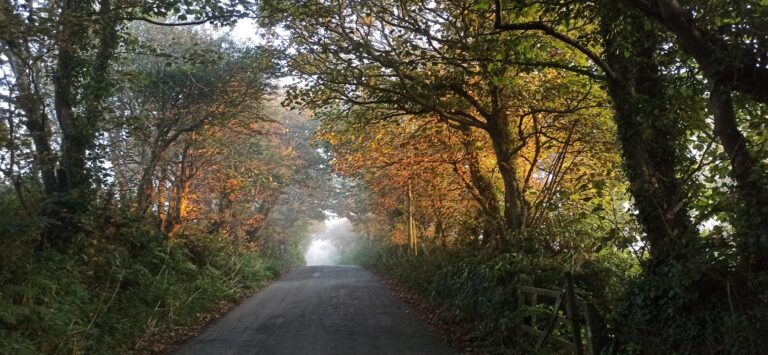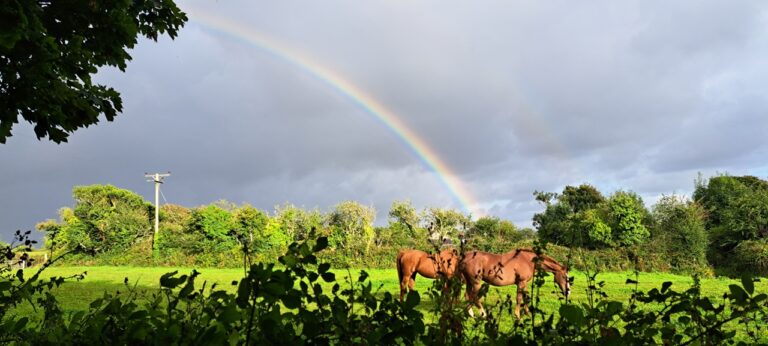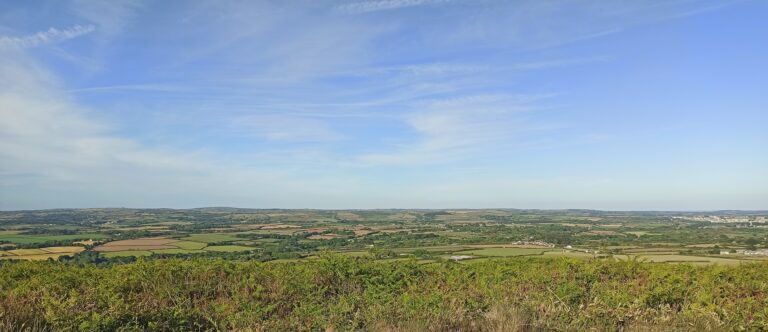The Hidden Impact of Mining on Water Pollution in Cornwall
One of our concerns with the resumption of exploratory drilling and potential resumption of full scale mining in the Great Wheal Vor Area and Breage Parish is not just causing new pollution if a new mine were to be developed but, the possibility the exploratory drilling causing increased pollution to the local water courses and water tables by disturbance of historic flooded mine tunnels, adits and shafts.
There is growing public concern with both the provision of our current water supply and the treatment of sewage by the water companies, particularly in our region, accompanied by a growing awareness of the legacy and impact of water pollution on industries such as tourism upon which Cornwall is heavily reliant.
The video below about the Water And Abandoned Metal Mines project (WAMM) gives some indication of the level of effort and expense required to clean up such incidents.
The pollution by heavy metals including Cadmium, Arsenic, Zinc and Lead can continue for decades or even centuries after the miners have moved on and there is increasing concern and calls for investigation into the potential health effects on people living in former mining areas. In an era of increasingly underfunded and toothless regulatory agencies it is concerning that current mining activities may not be effectively monitored or regulated.
We have seen a series of recent articles by Laura Hughes in the Financial Times (may be behind a paywall) revealing that at least 500 tonnes of harmful metals are discharged annually from more than 1300 abandoned mines just within Wales alone. Following these articles the government has announced an investigation into the human health risks posed by abandoned metal mines in Wales. We would welcome such an investigation in Cornwall too!
These metals and other contaminants created by mining mix with groundwater deep within mines and then find their way to the surface in abnormally high concentrations where they mix with organic materials and settle in the sediments of streams and rivers.
Whilst a mine is active, the mine will be dewatered and the contamination dealt with, but after the mine is abandoned, or the company goes bust, then these efforts may finish and the contaminated water is free to seep into the wider environment.
This is what happened at Wheal Jane when the pumps were no longer de-watering the mine the groundwater levels rose and flooded the working areas, eventually overtopping the drainage systems and flowing into the Carnon river. As of 2002 the clean up cost to the taxpayer was £20 million and water treatment is ongoing for the foreseeable future. Up to date figures are surprisingly hard to find…
Surely before yet more exploration permissions are granted to private companies such as Cornish Tin and Godolphin Exploration the potential possibility and impact of any such incident should be thoroughly investigated?
With more water pollution incidents reported in Cornwall than anywhere else in the country – do we really want to add to the problem by disturbing old mines and risk starting new ones?
We already have some of the most polluted waterways in the UK – see this map published on the gov.uk website which shows that all of our local rivers are polluted by abandoned metal mines.
Stay In Touch
If you want to tell us about your upcoming event, or if you are considering becoming a member and actively supporting our campaign to stop mining and the destruction of our local environment, or have any queries please head over to our contact page.
If you’d like to hear more local news and events from the Breage Parish area then feel free to sign up for our free mailing list.
Share this article:







